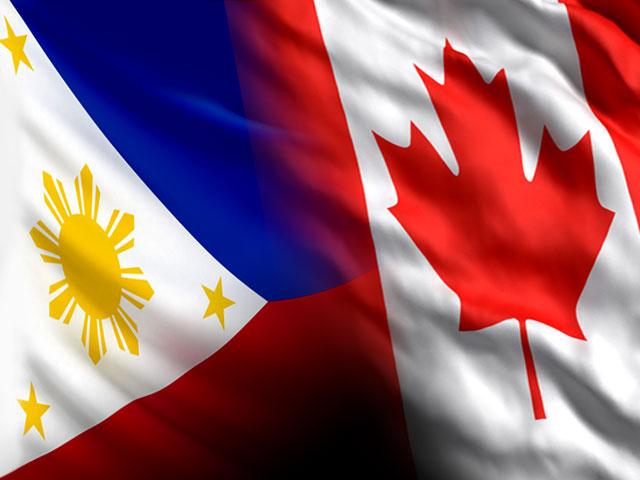
The National Household Survey developed by TD Economics has found that newer sources like the Philippines are quickly overtaking countries like China and India when it comes to being the source of the largest number of newcomers to Canada.
As per last year’s survey results, one-fifth of Canadians are foreign born, or 6.8 million residents – the highest in the G8 group of nations.
In the 2006 census, 60 per cent of the immigrants coming to Canada were from China and India. However, as the quality of life in those countries increases, that number has lowered slightly to 56.9 per cent.
In other terms, 270,000 people came to Canada between census periods from India and China by 2006, decreasing to 240,0000 people in the last census.
In addition, 40 per cent of recent immigrants in 2006 said that their primary language was Chinese or a South Asian language, while in the 2011 census that number fell to 30 per cent.
Changes to Canada’s immigration policies to blame?
According to TD, the Canadian government’s newer, stronger focus on English and French as language requirements will probably lead to even more of a decline in immigration from places like China and South Asia, which could be very negative for the Canadian economy.
According to Francis Fong – a TD Economics Economist as quoted by Global News, “A lot of the world skilled labour is going to come from those two countries. So there is concern.”
Other findings in the report include:
Ontario and British Columbia, who used to share about 75 per cent of the nation’s newcomers, now have only 60 per cent of newcomers settling in their cities.
Provinces that previously law the lowest amounts of immigration are seeing huge surges in the number of newcomers that are settling in them, including Manitoba and the Atlantic Provinces.
China accounted for 10.5 per cent of new immigrants between 2006 and 2011, while India accounted for 10.4 and the Philippines accounted for 13.1 per cent.
Manitoba, Saskatchewan and Alberta have doubled their intake of new immigrants.




